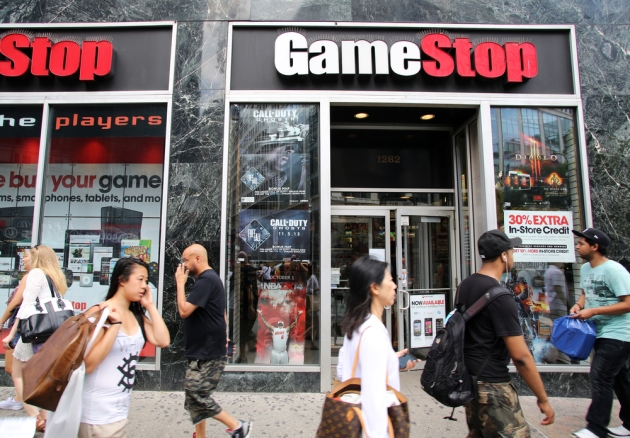Are Video Games Finally Starting to Reflect Their Audience?
July 27, 2016 Leave a comment

Video game producers are becoming more aware of their audience, including women both playing video games and those in them.
Image: Flickr CC
The video game industry hasn’t done a great job with women, either in the audience or in the games themselves. The sexualization of female characters is pretty well documented, but it’s actually trending down, at least for playable characters. A recent poll found that games featuring playable women characters–not secondary or background characters–are treating those women as characters and not as sex objects. They looked at games published between 1983 and 2014 and found that sexualized playable women peaked in the 1990s, the hey-day of the old Tomb Raider games, and has been declining since 2007. The recent Tomb Raider games, in which Lara Croft isn’t treated as a sex symbol, are an excellent example of this.
So what difference does this make? Well for one, it’s probably pushing sales. Women make up about half of the game buying market, a fact which makes the near constant marketing of games to young, straight white men ludicrous. A move toward more realistic and well-rounded women characters is bound to draw in more women to buy those games, especially if they’re tired of playing grizzled white men, which are pretty much the default protagonists in mainstream video games.
The study didn’t find that women who aren’t playable, whether they’re allies, enemies, or damsels in distress, are any less sexualized, though, and that’s not going to help sell those games to women. The Grand Theft Auto franchise, for example, includes plenty of strippers and prostitutes, but has yet to include a single playable woman character. Fighting games like Dead or Alive or Street Fighter remain the bastion of sexualized playable characters, with an audience that seems to be predominantly male, but probably isn’t in reality.
As the reality of audience demographics finally sinks in for various publishers, chances are the industry will continue to take note and continue taking steps toward games that appeal to a wider portion of their audience.



You must be logged in to post a comment.